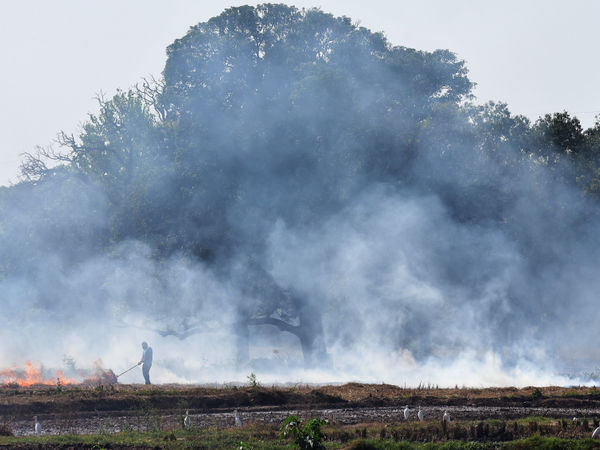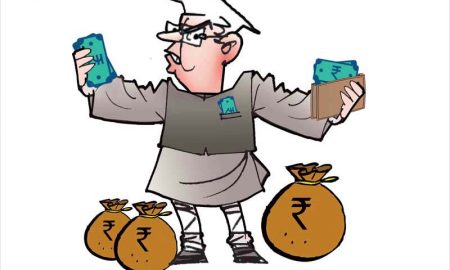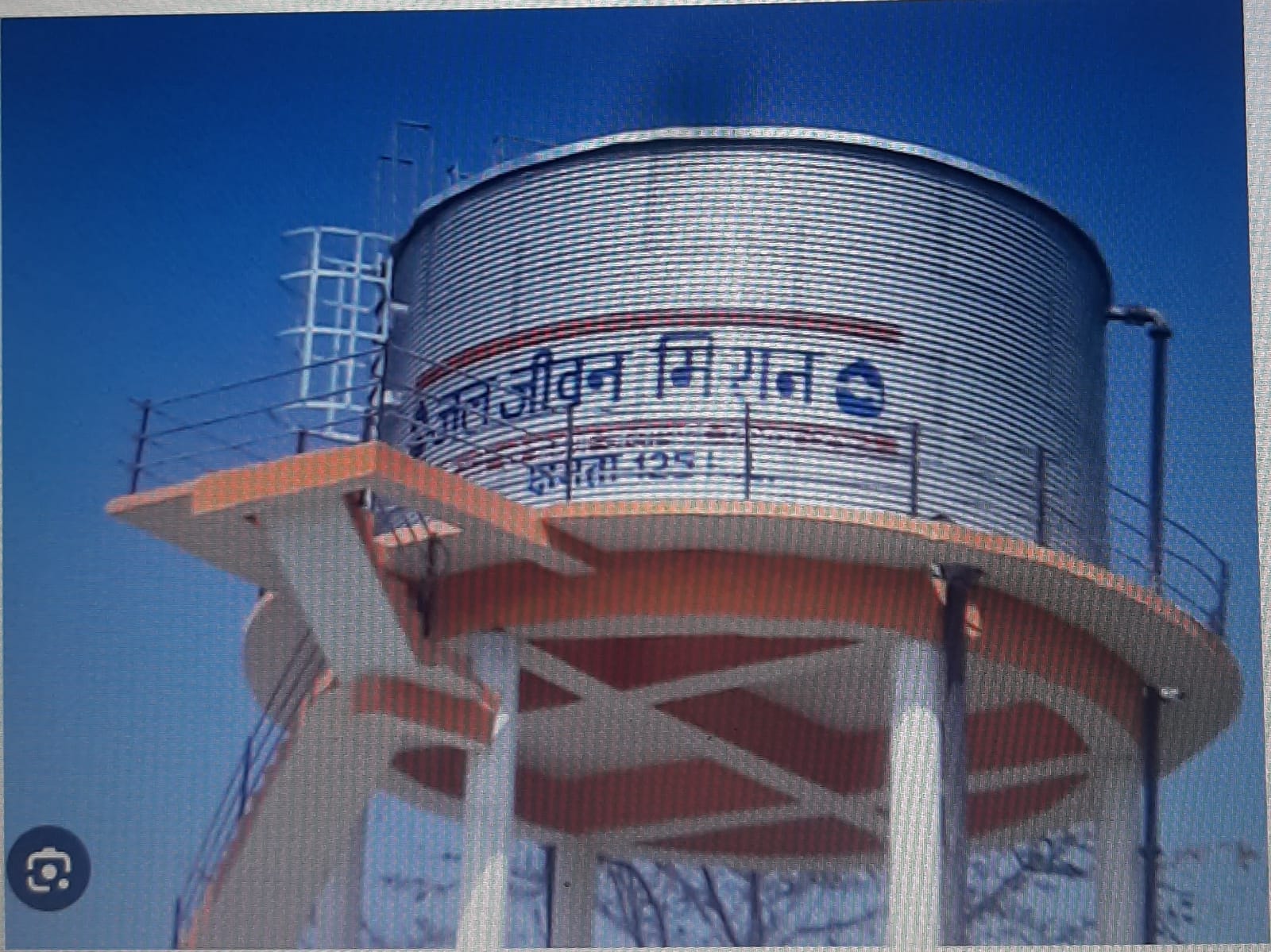
Daily News and Views
New Delhi, November 7 : The Supreme Court had some strong words for Punjab and Haryana governments on Wednesday due to their failure to stop stubble burning that’s behind the air emergency in Delhi NCR: “Can you permit people to die like this due to pollution? Can you permit the country to go back by 100 years? Why can’t government machinery stop stubble burning? You just want to sit in your ivory towers and rule. You are not bothered and are letting people die…”
So why is it that only Punjab and Haryana burn so much of farm stubble and why wasn’t this problem of extreme pollution earlier? Here are some reasons:
Area under paddy cultivation has grown almost three-fold in Punjab and Haryana since 1980, due to government-guaranteed prices. More crop means more stubble. Till the late 1980s, paddy was harvested manually. The stalk was cut close to the ground, which virtually left no stubble. By late 1980s, the process started getting mechanised with use of combine harvesters. The machine cuts the crop at a height leaving 2-foot high stubble on the field. By 1992-93, nearly 9,000 harvesters were in use in India, most of these in Punjab and Haryana. The figure more than doubled in the next 10 years, by when harvesters had taken over in the two states. Farmers began burning the stubble to clear fields. Till 2009, pollution from stubble burning was mainly a local problem. That’s because paddy was harvested in September-October, when monsoon is still active and easterly winds dominate, preventing smoke from spreading to Indo-Gangetic plains. In 2009, Punjab enacted a law forbidding paddy transplantation before June 10 to conserve scarce groundwater. This pushed harvests to late October-early November, when northwesterly winds bring pollution towards Delhi NCR and beyond.









